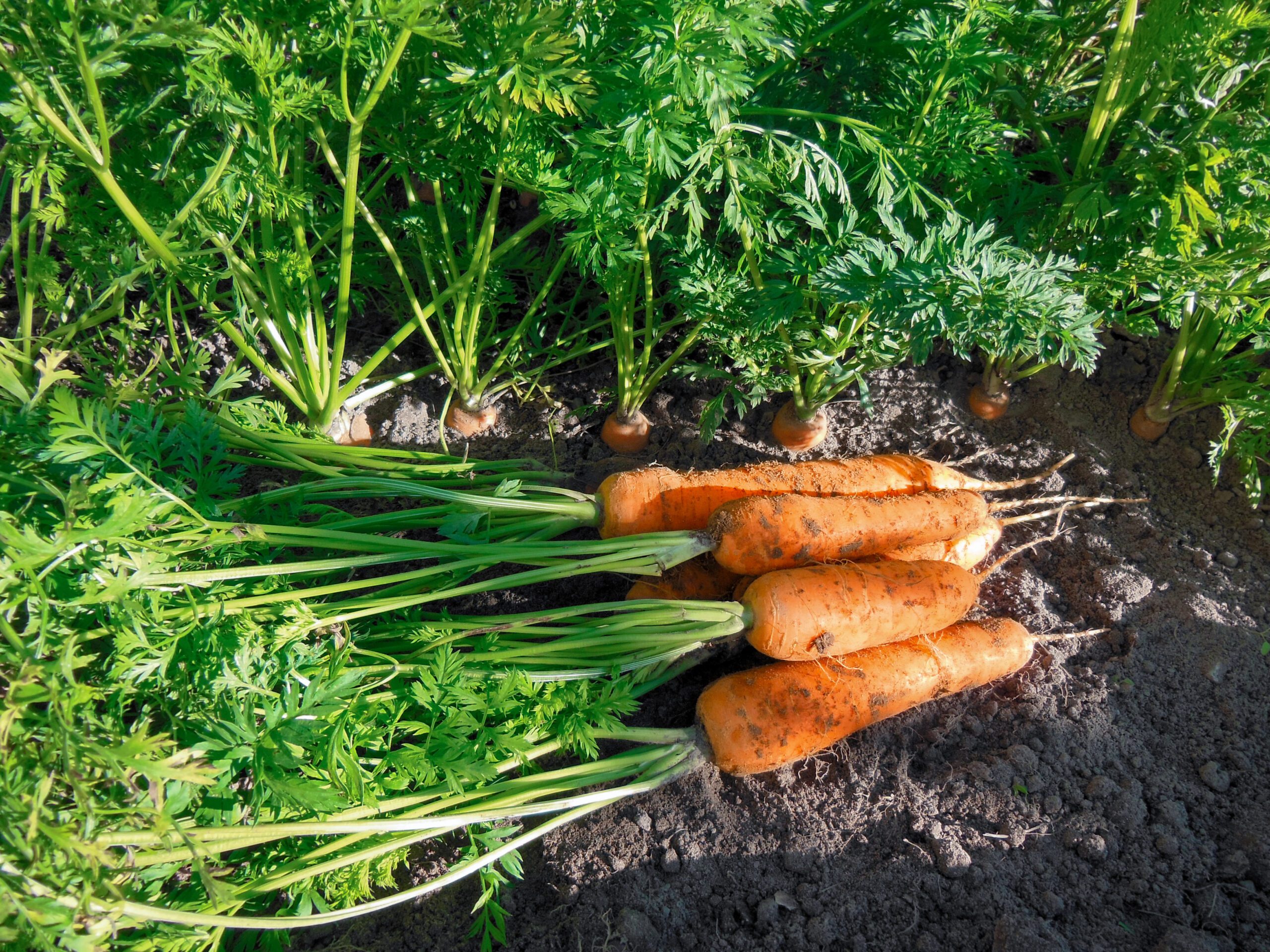The carrot, a crunchy and sweet root vegetable, is a true nutritional and culinary treasure, cherished worldwide for its numerous virtues. In this article, we will explore the origin and history of carrots, their symbolism, varieties, cultivation, health benefits, and practical tips for growing them. Finally, we will share some delicious carrot-based recipes to brighten up your meals.
Origine and history of carrots
The exact origin of the cultivated carrot (Daucus carota) remains unclear, but it is believed to have originated in Central Asia, particularly Iran and Afghanistan.
Carrot seeds have been found in prehistoric human settlements dating back 4,000 to 5,000 years, indicating that wild carrots were likely used primarily for medicinal purposes and/or as spices. The earliest cultivated carrots were purple and yellow.
The orange carrot, as we know it today, was well-documented only from the 15th century in Europe. This color resulted from a secondary domestication event, probably due to the accumulation of orange carotenoids.
There are two major varieties of carrots: the Eastern carrot, typically yellow or purple, domesticated as early as the 10th century in Central Asia, and the Western carrot, likely known in ancient Rome but often confused with parsnips.
Image: Peeling Carrots, oil on canvas by Gerrit Dou (1660): an example of still life depicting orange carrots.
Image Credit: Gerrit Dou, Public domain, via Wikimedia Commons.

Different Varieties of Carrots
There is a wide diversity of carrot varieties, each with its own unique characteristics in terms of color, shape, and taste:

Nantes Carrot
Sweet and tender, perfect for salads and juices.
Imperator Carrot
Long and slender, commonly used for commercially sold carrots.
Danvers Carrot
Conical and robust, ideal for heavy soils.
Chantenay Carrot
Short and thick, excellent for shallow soils.

Cultivation & Garden Tips
Carrots are relatively easy to grow, but they require some specific care to ensure a good harvest.
Practical Tips
- Soil: Prefer sandy, well-drained soil. Heavy soils can deform the roots.
- Sowing: Sow the seeds directly in the ground in spring, after the last frost.
- Watering: Keep the soil moist, especially during germination. Regular but moderate watering is essential.
- Thinning: Thin the plants to leave a space of 5 to 7 cm between each carrot.
- Harvesting: Harvest the carrots when their roots reach the desired size, usually 2 to 3 months after sowing.
Cultivation Calendar in France
| J | F | M | A | M | J | J | A | S | O | N | D |
|---|---|---|---|---|---|---|---|---|---|---|---|
| 🟡 | 🟡 | ||||||||||
| 🟤 | 🟤 | 🟤 | 🟤 | 🟤 | |||||||
| 🟢 | 🟢 | 🟢 | 🟢 | 🟢 | 🟢 |
🟡 Protected Sowing | 🟤 Direct Sowing in Ground | 🟢 Harvest
Cultivation Calendar in Canada
| J | F | M | A | M | J | J | A | S | O | N | D |
|---|---|---|---|---|---|---|---|---|---|---|---|
| 🟡 | 🟡 | ||||||||||
| 🟤 | 🟤 | 🟤 | |||||||||
| 🟢 | 🟢 | 🟢 | 🟢 | 🟢 |
🟡 Protected Sowing | 🟤 Direct Sowing in Ground | 🟢 Harvest
Health Benefits
Carrots are an extremely nutritious vegetable, rich in vitamins, minerals, and antioxidants. Here are some statistics on their health benefits:
- Vitamin A: A medium-sized carrot provides more than 200% of the daily recommended intake of vitamin A, essential for eye health.
- Fiber: Carrots are rich in fiber, with about 2.8 grams per medium carrot, which helps maintain good digestion.
- Antioxidants: Carrots contain powerful antioxidants like beta-carotene, which can reduce the risk of chronic diseases such as heart disease and certain cancers.

Discover Our Carrot-Based Recipes
Here are some recipe ideas to incorporate carrots into your daily diet:
Conclusion
Carrots are a versatile vegetable, rich in history, symbolism, and health benefits. Whether you are a home gardener, a chef, or simply a food enthusiast, carrots have something to offer everyone. Don’t hesitate to experiment with different varieties and recipes to discover all the flavors and benefits this wonderful vegetable can bring to your table.

